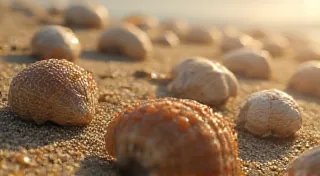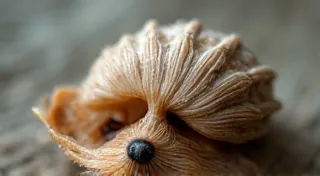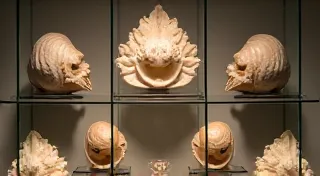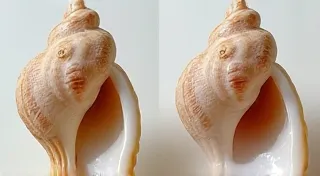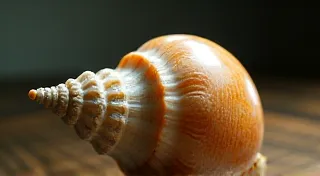Collecting Murex Shells: Identification and Value
Murex shells are a captivating branch of the shell collecting hobby. Known for their distinctive spines, intricate patterns, and often vibrant colors, these shells are a real treasure to find. This guide will provide a detailed look at identifying different types of murex shells and understanding their relative value to collectors. Whether you’re a seasoned shell enthusiast or just starting your collection, this article will help you appreciate the beauty and history of these fascinating mollusks.
What are Murex Shells?
Murex shells belong to the Muricidae family, a large and diverse group of marine gastropods (sea snails). They are carnivorous predators, using their radula (a rasping tongue-like structure) to feed on other mollusks and crustaceans. Their shells are known for being robust and often heavily ornamented with spines, ridges, and knobs. Geographic distribution is wide, found in tropical and temperate waters around the globe.
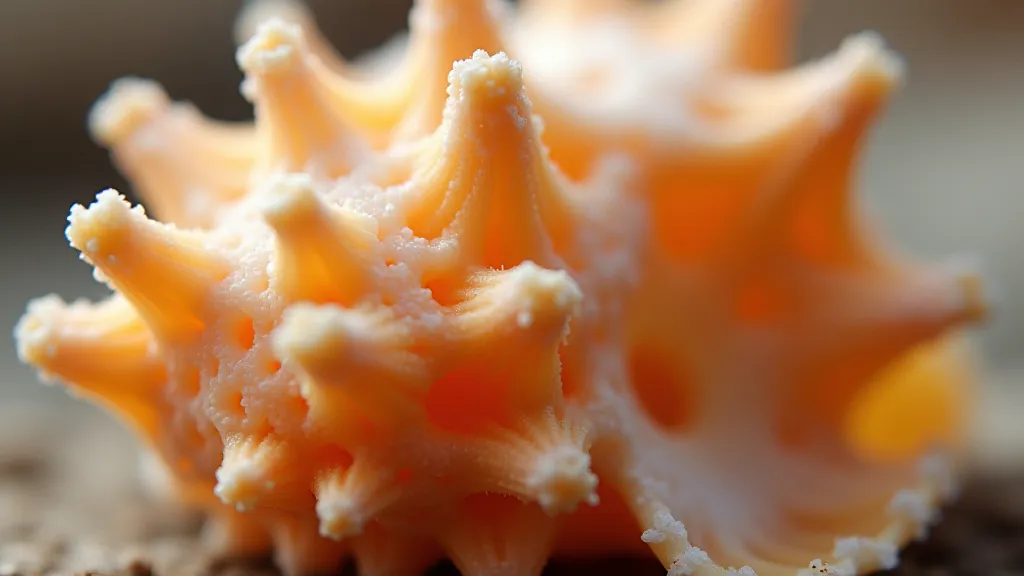
Common Types of Murex Shells and Identification
Identifying murex shells can be challenging due to the vast number of species and variations within those species. Here’s a look at some common and sought-after varieties:
- Venus Comb Murex (Murex pecten): This is perhaps the most recognizable murex, prized for its long, prominent spines that resemble a comb. Coloration varies from creamy white to yellowish-brown.
- Hexaplex trunculus (Tunisian Murex): Found in the Mediterranean, these murex are often a beautiful pink or orange color, though white variations exist.
- Chicoreus ramosus (Ramose Murex): Known for its extremely branched spines, these shells often have a robust and imposing appearance.
- Pterynotus tridentatus (Giant Trident Murex): As the name suggests, these are larger murex shells, identifiable by their three prominent spines.
Key Identification Features to Consider:
- Spine Count and Arrangement: This is a primary distinguishing factor.
- Coloration: Note the base color, any patterns, and the presence of bands or blotches.
- Shell Shape: Observe the overall shape of the shell – is it elongated, globose, or conical?
- Size: Record the dimensions of the shell.
- Texture: Examine the shell’s surface for any unique textures or markings.
Factors Affecting Value
The value of a vintage murex shell is influenced by several factors:
- Rarity: Less common species or unique color variations command higher prices.
- Condition: Shells in pristine condition, free from chips, cracks, or repairs, are more valuable.
- Size: Larger specimens of desirable species often fetch higher prices.
- Color Variation: Unusual or striking color patterns can significantly increase value.
- Historical Significance: Shells with documented provenance (history of ownership) can be particularly valuable.
- Age: While dating shells accurately is difficult, older specimens can be more desirable.
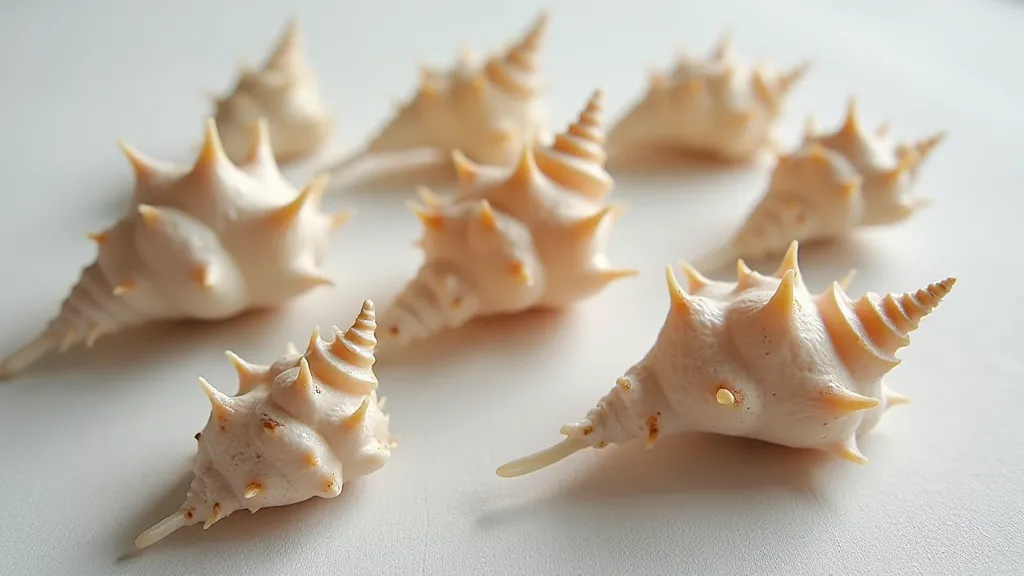
Collecting Tips and Preservation
Here are some tips for building and preserving your murex shell collection:
- Proper Storage: Store shells in a dry, stable environment to prevent damage.
- Gentle Cleaning: Clean shells with a soft brush and mild soapy water. Avoid harsh chemicals.
- Labeling: Keep detailed records of your shells, including species, location found (if known), and any other relevant information.
- Displaying Your Collection: Display shells in a way that protects them from damage and allows them to be appreciated.
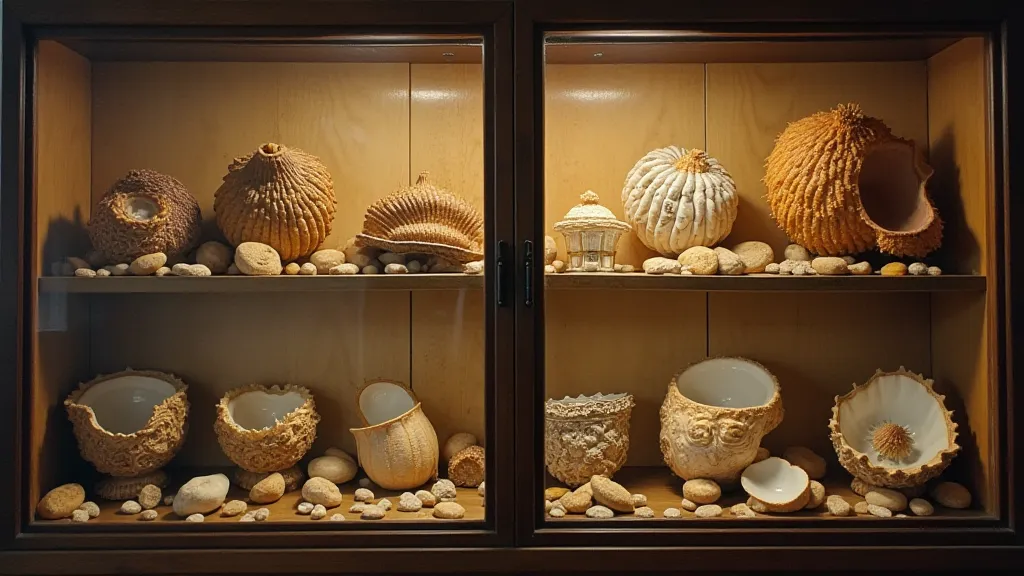
Conclusion
Collecting murex shells is a rewarding hobby that combines scientific curiosity with an appreciation for natural beauty. By understanding the different varieties, identification characteristics, and factors that influence value, you can build a fascinating and valuable collection.
